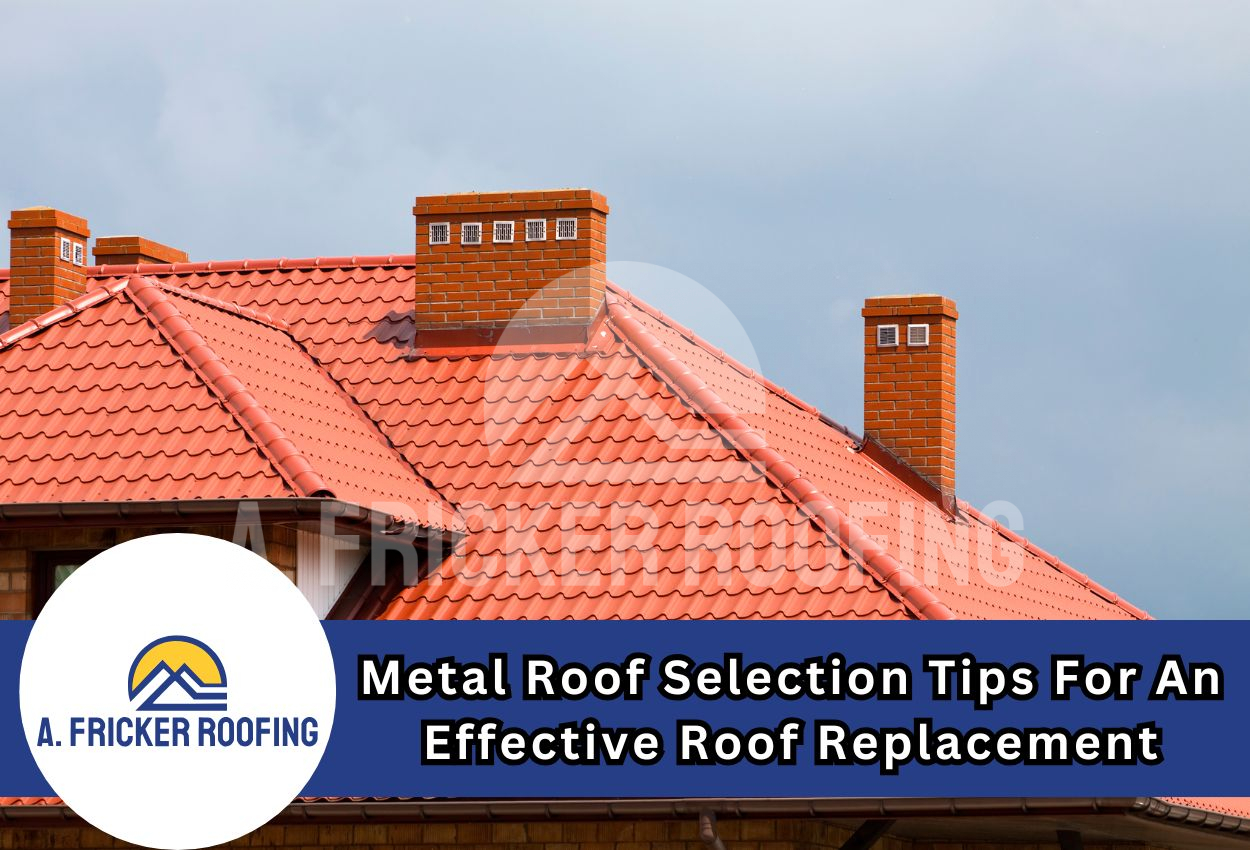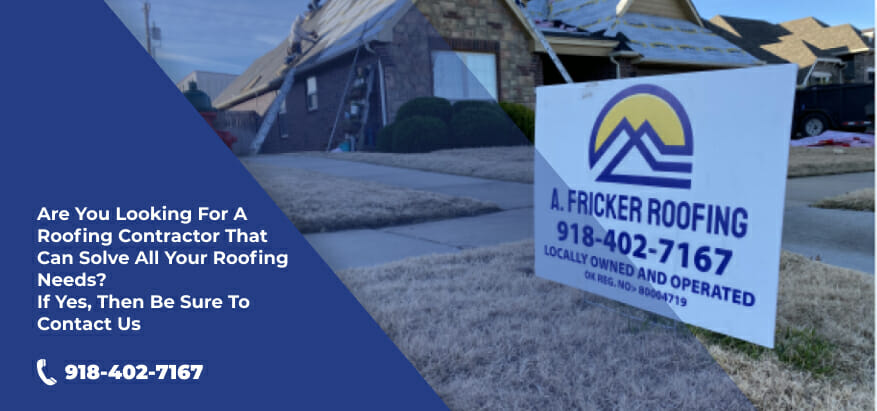So, you’ve decided to install a metal roof on your home. Great choice! But the work does not stop here! Now you have to make an even more important decision, such as choosing between the different types of metal roofing systems available.
There are many variations of metal roofs, whether it’s the materials used, or the style of the roof, and each type offers distinct benefits and drawbacks that affect durability, cost, appearance, and maintenance. With so many options available, choosing the right type can be difficult, but don’t worry, we will guide you through it.
In this guide, we’ll tell you all about different metals and include some crucial selection tips.
Choosing The Right Metal Roofing Material
Steel
Steel is the most commonly used metal for residential roofing, thanks to its strength, affordability, and versatility. It comes in two primary forms:
- Galvanized steel: Coated with a layer of zinc for corrosion resistance
- Galvalume steel: Coated with a blend of aluminum and zinc, offering enhanced protection
If you want a durable and budget-friendly roof, steel is a practical option. It’s ideal for moderate regions of Oklahoma and fits both modern and traditional styles.
Also Read: How Long Does A Steel Roof Last?
Copper Roof
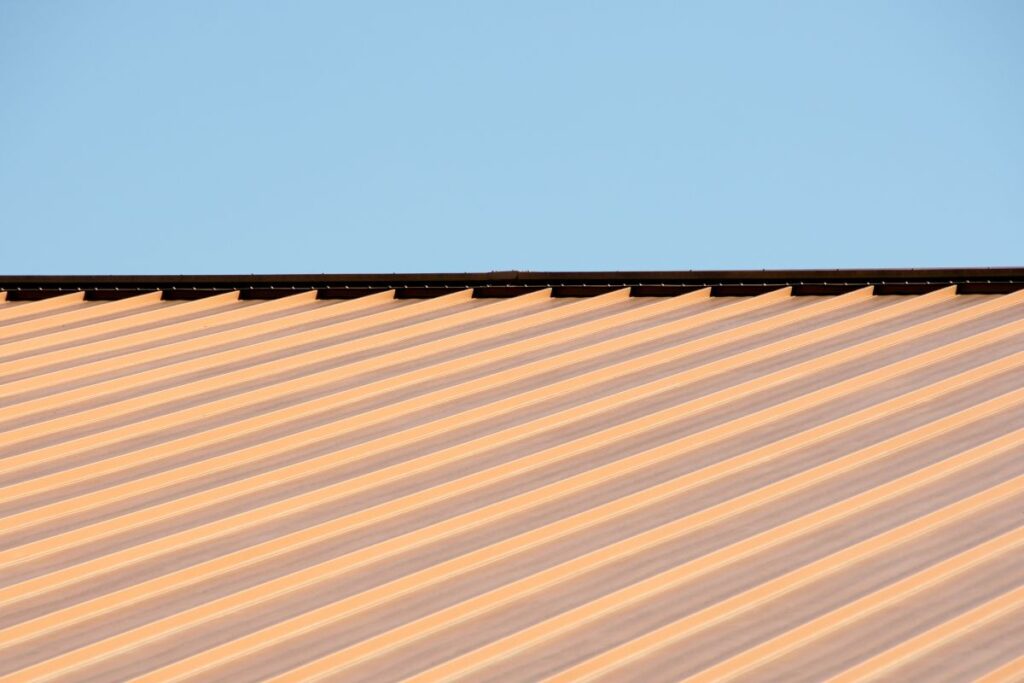
Copper roofing is highly durable and requires minimal maintenance, often lasting 60 to 100 years or more. While it comes at a significantly higher price point, it offers a striking appearance and long-term value.
Copper roofs are very expensive, almost twice the price of a steel roof. So, if you’re looking for a luxurious option and budget is not a concern, copper is a great choice, especially for high-end homes or historical renovations where visual appeal is key.
Zinc Roof
Zinc is another high-end metal roofing option valued for its self-healing properties. When scratched or scuffed, the surface naturally “repairs” itself through oxidation, keeping the roof looking pristine. Zinc also boasts an impressive lifespan of 80 to 100 years, making it one of the longest-lasting roofing materials available.
Aluminum Roofs
Aluminum roofing systems are prized for their natural resistance to rust and corrosion, making them an ideal choice for homes in humid or coastal areas. Unlike steel, aluminum doesn’t require special coatings to prevent rust, making it a low-maintenance option.
Choosing The Right Metal Style
Now that we’ve covered the different types of metal you can choose from and their unique benefits, it’s important to consider how those materials will be used to craft the look of your roofing system. The style of the roof plays a crucial role in both its appearance and functionality. Each roofing material can be used for a variety of roof styles, and below, we’ll explore three popular ones to help you find the best match for your home.
#1 Standing Seam Metal Roof
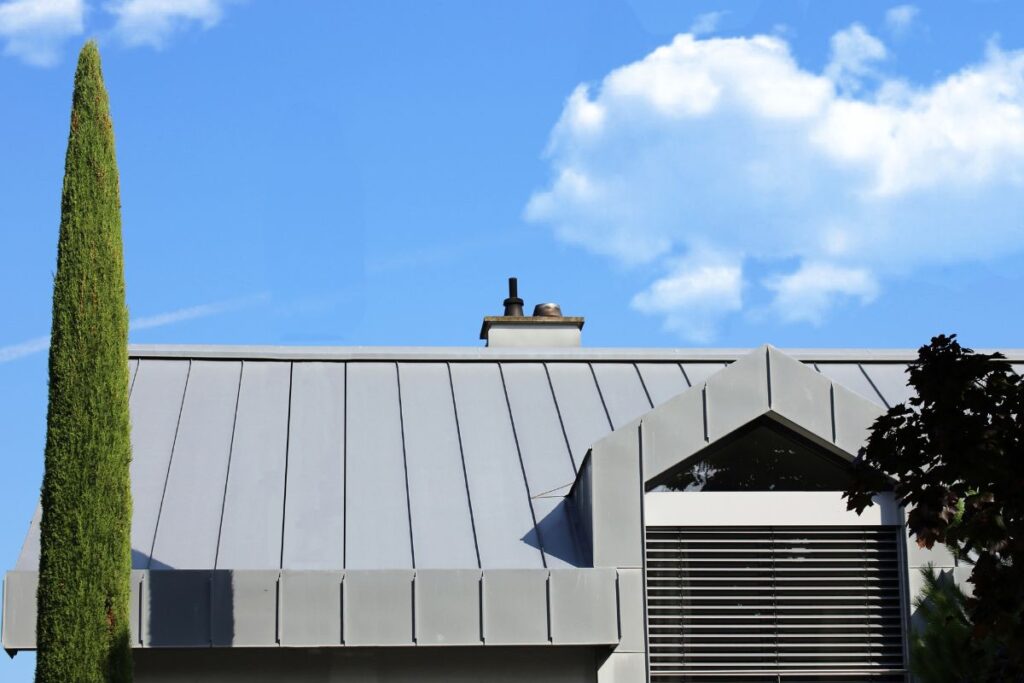
A standing seam metal roof features sleek, vertical panels with concealed fasteners that create a modern and clean look. The raised seams run vertically along the roof’s slope, giving it a contemporary edge that enhances the building’s overall appearance. With the hidden fasteners shielded from the elements, this design not only improves the roof’s lifespan it also provides excellent weather resistance, making it a practical yet stylish choice for any structure.
Benefits
Standing seam metal roofs are the most popular metal roofing system that homeowners consider. Here are the benefits that you get with this type of roof:
- Standing seam metal roofs provide superior weather resistance through concealed fasteners that reduce the risk of leaks.
- Maintenance is incredibly low, with no exposed screws to rust or loosen, requiring only occasional cleaning.
- The clean, straight lines create a contemporary look that instantly boosts your home’s curb appeal with an expanding range of color options.
Limitations
There are some crucial areas where a standing seam metal roof can fall behind:
- Standing seam metal roofs come with a higher upfront cost due to more expensive panels and a labor-intensive installation process involving hidden fasteners.
- Installation is significantly more complex compared to traditional roofing materials, requiring thicker panels, precise fitting, and specialized mechanical attachment or interlocking techniques.
#2 Exposed Fastener Metal Roof
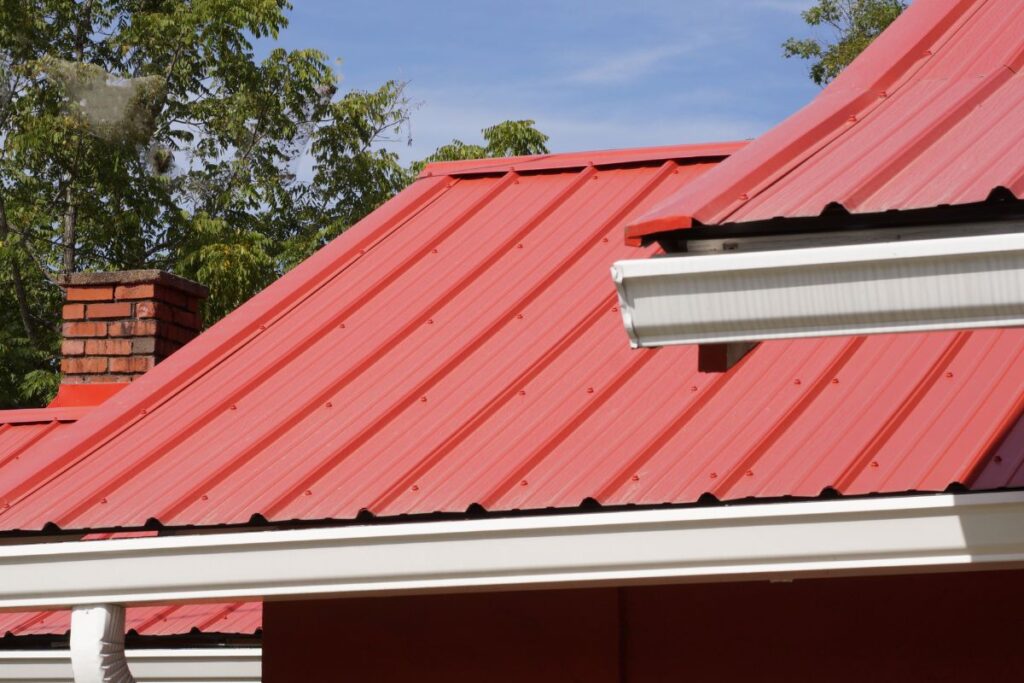
An exposed fastener metal roof, sometimes called a “screw-down” or “through-fastened” system, consists of metal panels secured with screws that remain visible on the surface. These fasteners are typically equipped with rubber washers to provide a weather-resistant seal. This is the type of fastening used in corrugated metal roofing.
Benefits
Though they come with visible fastening, corrugated metal roofs also have several advantages.
- Corrugated metal panels offer a more budget-friendly alternative to standing seam. The lower production cost of the panels and simpler designs require fewer manufacturing steps.
- Installation is significantly faster, with panels attaching directly to the roof deck using visible screws, potentially reducing overall installation time by 30% to 50%.
- Exposed fastener panels provide extensive design flexibility and are available in multiple profiles, colors, and finishes that can complement various architectural styles.
Limitations
- Metal roofs with exposed fasteners require more maintenance as screws loosen and washers degrade over time.
- Direct screw penetrations create multiple potential entry points for water, increasing leak risks as the roof ages.
To learn more, check out our guide: Standing Seam vs. Exposed Fastener Metal Roofing Systems.
#3 Metal Tiles/Shingles
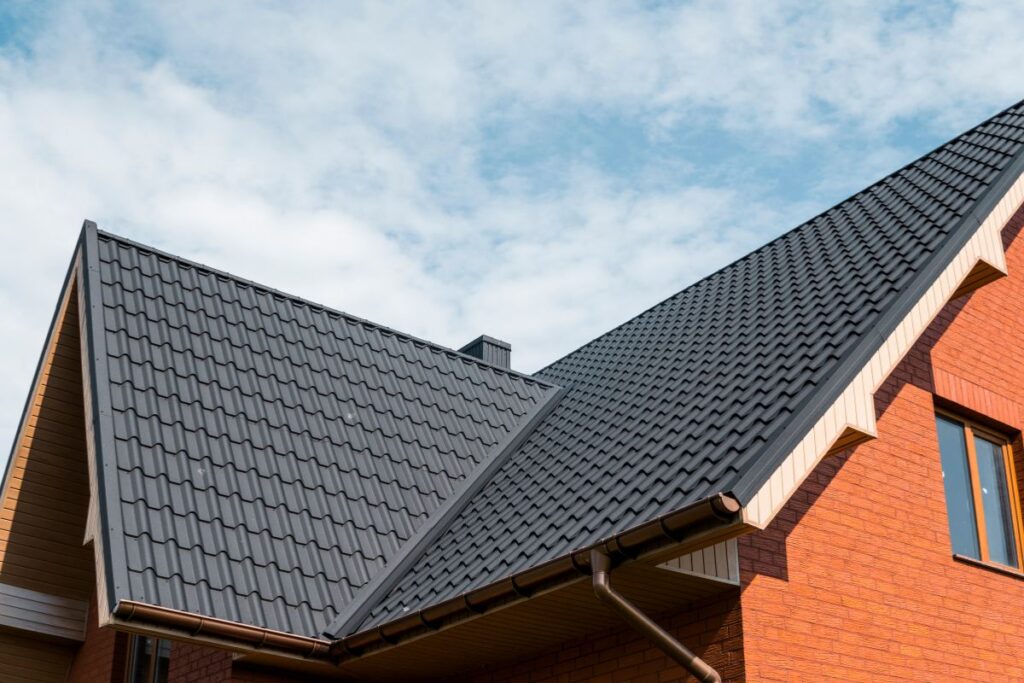
Metal tiles (or metal shingles) are another great profile you can use if you want something different. This metal roofing design mimics traditional roofing materials like asphalt, wood, and clay tiles while providing the strength of metal. Stone-coated steel is the most popular type in this category.
These individual panels are typically interlocked or overlapped, creating a familiar look of shingles.
Benefits
- Both tiles and metal shingles offer a unique approach to metal roofing that combines aesthetic versatility with practical advantages.
- Provides the most traditional appearance among metal roofing options, closely resembling classic shingles or tile roofing materials.
- Offers excellent design flexibility with multiple style options that can match virtually any home’s architectural character.
- Provides enhanced durability compared to traditional roofing materials while maintaining a familiar, classic look.
Limitations
- Despite their attractive features, metal tiles and shingles come with some specific considerations for homeowners.
- Installation can be more time-consuming and complex due to the individual panel approach.
- Typically, more expensive than exposed fastener systems, though often more affordable than standing seam roofing systems.
- Requires skilled installation to ensure proper interlocking and weather resistance of individual tiles.
Other Metal Roofing Options To Consider
Metal roofs come in different profiles within both categories. Choosing the right type depends on your home’s structure, design preferences, and performance needs. When you choose one of these types, you will have several options:
Mechanical Lock Standing Seam:
This is one of the most popular installation techniques used, and it is the most durable, too, requiring each panel to be manually crimped or seamed together, creating a very tight connection between panels. The installation method provides extra strength and improved weather resistance. For homeowners living in areas with extreme weather conditions, this type of roof offers solid protection against high winds and heavy storms. But since the process takes more time and requires specific skills, it costs more to install compared to other metal roofing options.
Snap Lock:
These panels snap together without the need for mechanical seaming, making installation faster and easier. The design allows for a quick connection that still provides good performance for homes in standard weather conditions. Panels lock into place without additional tools. Mainly, 26-gauge panels utilize a snap lock, but this system is not recommended for flat roofs as it can make the roof more vulnerable to leaks and water damage by easily seeping through the seams.
Corrugated Panels:
You can easily recognize these roofs by their wave-like pattern, which isn’t just for looks, but durability too. These panels work well in agricultural, industrial, and some residential settings as their design allows them to be lightweight while actively handling environmental stress, making them a versatile and cost-effective roofing option. Again, 26-gauge panels can widely be found to utilize this design, but you can find 28-gauge panels, too.
R-Panel:
Known for their high strength and versatility, R-panels are commonly used for both roofs and walls. Their simple, rectangular design makes them a popular choice in commercial and utility buildings. The straightforward shape means they’re easier and cheaper to manufacture and install without giving up on performance. They provide reliable protection for a variety of structures.
5V Crimp:
This traditional metal roofing style features a distinctive V shape in each panel, offering a classic look that works well for coastal or rural homes. The five V-shaped crimps create a clean, linear appearance that fits many architectural styles.
These panels are good at shedding water, making them suitable for areas with significant rainfall. They’re also commonly used in some commercial properties that want a traditional yet functional roofing system.
5 Key Tips for Selecting the Right Metal Roof
Now that you’ve come to know about the different materials and styles, here are five expert tips to help you make the best choice for your roof replacement project.
Consider Your Local Climate
Your region’s weather conditions play a critical role in determining which metal roof is best suited for your home.
- For harsh climates: Standing seam systems offer superior water resistance, making them ideal for regions with heavy rain, snow, or strong winds.
- For drier areas: Exposed fastener systems can be a more cost-effective option since water resistance is less of a concern.
- For coastal areas: Oklahoma is landlocked, but if you live near coastal areas, you can opt for corrosion-resistant materials like aluminum to withstand salt exposure.
Tip: If you live in a region with extreme weather, investing in weather-resistant materials and styles will pay off in the long run.
Factor in Your Budget
Metal roofing comes at a premium compared to asphalt shingles. In fact, the cost of metal roof replacement can even be double that of traditional asphalt shingles.
Steel and exposed fastener systems are more affordable, while copper or zinc roofs represent a premium, long-lasting investment.
Tip: Balance upfront costs with long-term value — investing in a durable, low-maintenance roof can save money over time.
Also Read: How Much Does A Metal Roof Cost?
Prioritize Durability and Maintenance
Standing seam systems with concealed fasteners require less upkeep and offer longer-lasting performance compared to exposed fastener systems, which need regular inspections to ensure screws remain tight and seals intact.
Tip: If you want a “set it and forget it” roof, choose standing seam for its long-term reliability.
Enhance Your Home’s Curb Appeal
The visual impact of your metal roof significantly influences your home’s overall look. Standing seam roofs create clean, contemporary lines, while exposed fastener systems offer a more rustic or industrial appearance. Metal roofs come in various colors to complement your home’s exterior.
Tip: For resale value, prioritize a roofing style that enhances your home’s curb appeal.
Plan for Energy Efficiency
Metal roofs can significantly improve your home’s energy performance by reflecting heat. Cool roof coatings with reflective panels can lower cooling costs by 10% to 25% during hot months.
Tip: Ask your contractor about energy-efficient metal roofing options that qualify for potential energy tax credits.
Made A Decision? Move Forward With The Best Installers
Choosing the right metal roof for your replacement project involves more than just picking a material or style — it requires considering climate suitability, energy efficiency, and long-term value. By selecting a material that complements your home’s design, and fits your budget, you can ensure your new roof offers lasting protection and enhances your property’s value for decades.
No matter what roofing design you choose, A. Fricker Roofing and Waterproofing can take care of your project. We are a premier roofing company in Oklahoma and have years of experience in metal roof installation. Contact us today at (918) 402-7167 to find out how we can help you.
